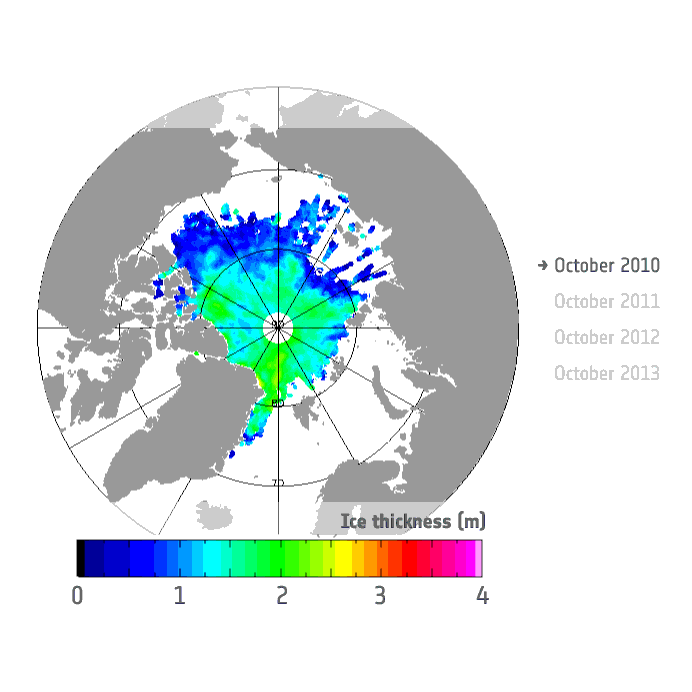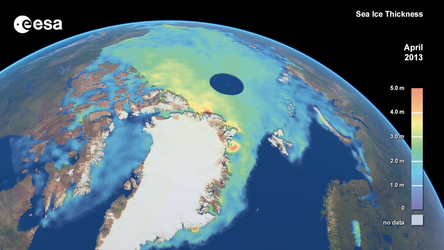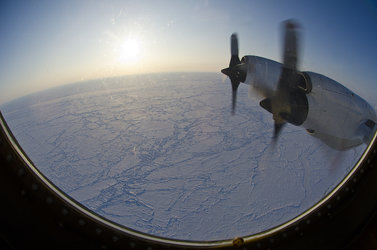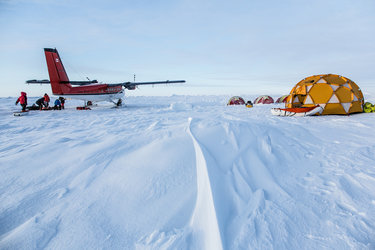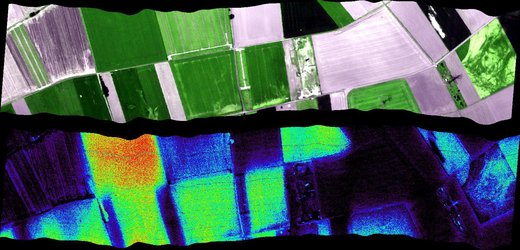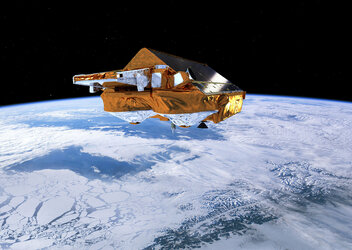Ice mission and extreme camping
While camping may appeal to some, scientists recently took the pastime to punishing limits. Enduring the bitter Arctic cold out on the sea ice, they were part of a major international effort to ensure ESA’s CryoSat satellite is delivering a true picture of Earth’s changing ice.
Considered a barometer of climate change, diminishing polar ice has been a hot topic for a number of years.
Over the last few decades, satellites have shown a downward trend in the area of Arctic Ocean covered by ice. However, until CryoSat was launched in 2010, very little information was available on the thickness of the ice.
Understanding changes in ice thickness is crucial to working out how the actual volume is varying – a better indicator of change in the Arctic environment.

Given the crucial nature of understanding the links between ice and climate, as well as the environmental consequences of change, ESA goes to great lengths to make sure that the measurements taken by CryoSat are accurate.
This means venturing out to the far reaches of the polar regions to collect readings to compare with those from CryoSat.
The chilly work includes taking independent measurements of the ice using special sensors on aircraft, along with painstakingly measuring snow and ice depth actually on the sea ice.
Reflecting the value and importance of ESA’s ice mission, scientists from numerous European and North American organisations volunteered to endure the harsh polar environment in these extensive field campaigns.
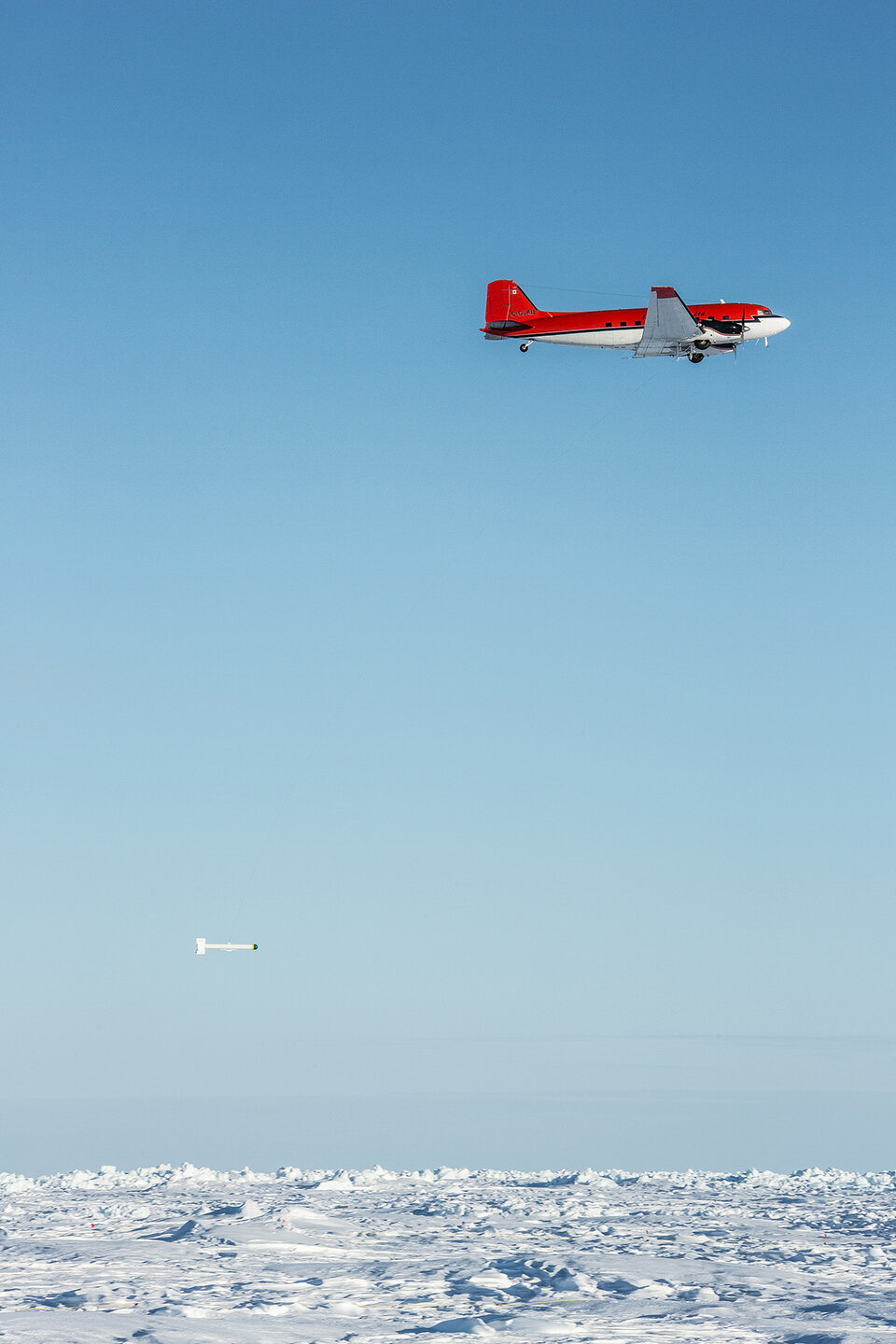
Over the course of several weeks, teams flew out over the sea ice from northern Canada and Greenland. NASA also contributed to this international effort as part of their Operation IceBridge ice survey.
As far as possible, measurements were taken directly under CryoSat as it orbited above so direct comparisons can be made.
Accompanied by two seasoned polar explorers, a joint ESA–NASA team set up camp on the ice.
Interestingly, it was the CryoSat satellite itself that provided essential information to assure the ground team that the ice was thick enough to camp and for the planes to land safely.
As well as being experienced in taking scientific measurements, the polar explorers have a deep appreciation of how the ice behaves and are responsible for keeping the ground team safe.
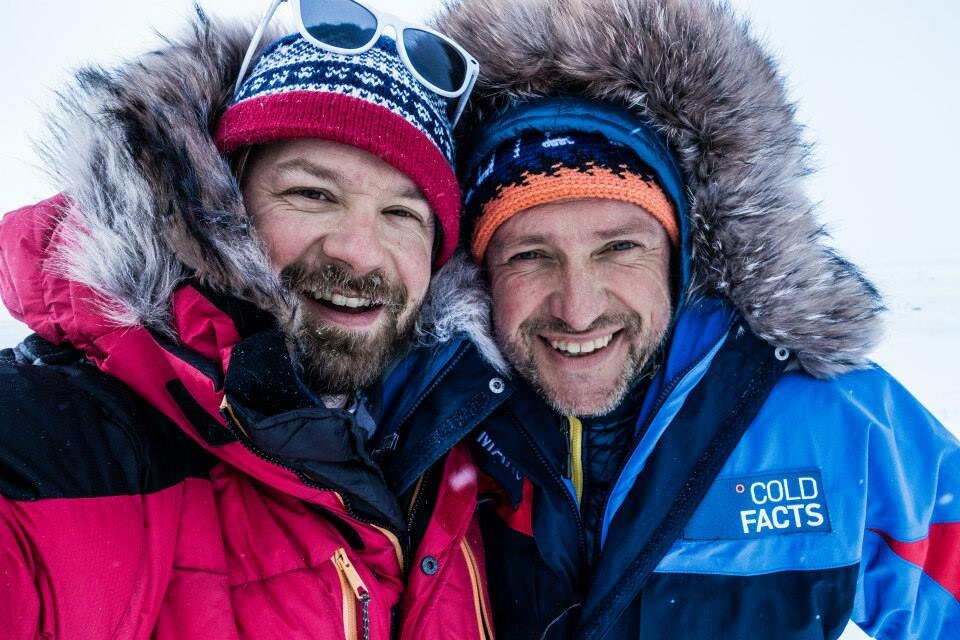
This includes making sure team members keep warm in an environment that is typically around –30°C, that they eat and drink enough and that they stay alert to the risk of polar bears.
Dutch explorer Marc Cornelissen said, “To give an indication of the conditions the team faced, it was so cold that the three different generators used to power the scientific instruments kept breaking down.
“Nevertheless, through committed teamwork we were able to solve challenges such as this to make the crucial ground measurements for ESA.”
Christian Haas from Canada’s York University noted, “Our ice-thickness measurements showed that, in many cases, the newer first-year ice was actually thicker than the older multiyear ice.
“This can be explained by the thick covering of snow, which insulates the older ice and prevents it from thickening further.”

ESA’s CryoSat Mission Manager, Tommaso Parrinello, said, “The success of the campaign was thanks to the tremendous collaborative effort from our international partners; from those who took measurements from the Twin Otter and Basler aircraft and from NASA’s P3 plane and from the intrepid team out on the ice.
“A personal highlight for me was the fact that researchers applying a novel processing techniques showed that CryoSat can produce accurate maps of sea-ice thickness in near-realtime, which were used by the ground team.
“In effect, this will lead to new applications for CryoSat and underlines the continuing value of our ice mission.”



